
| Recorded by: Jim Petranka on 2025-07-20
Madison Co.
Comment: | 
| Recorded by: Jim Petranka on 2025-07-16
Madison Co.
Comment: |
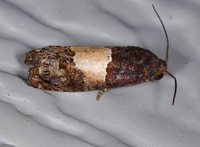
| Recorded by: Jim Petranka on 2024-07-26
Madison Co.
Comment: | 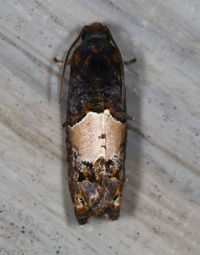
| Recorded by: Jim Petranka on 2024-07-22
Madison Co.
Comment: |
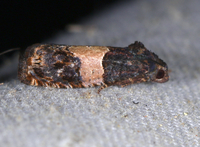
| Recorded by: Jim Petranka on 2024-07-21
Madison Co.
Comment: | 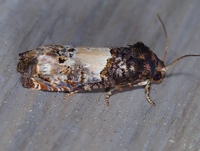
| Recorded by: Jim Petranka on 2024-05-20
Madison Co.
Comment: |
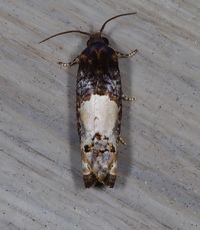
| Recorded by: Jim Petranka on 2024-05-20
Madison Co.
Comment: | 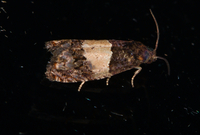
| Recorded by: Jim Petranka on 2023-08-06
Madison Co.
Comment: |

| Recorded by: Jim Petranka on 2022-07-19
Madison Co.
Comment: | 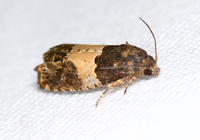
| Recorded by: Jim Petranka on 2022-07-19
Madison Co.
Comment: |

| Recorded by: Jim Petranka on 2021-08-06
Madison Co.
Comment: | 
| Recorded by: Jim Petranka on 2021-07-27
Madison Co.
Comment: |
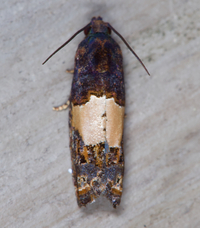
| Recorded by: Jim Petranka on 2021-07-11
Madison Co.
Comment: | 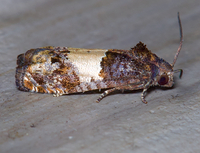
| Recorded by: Jim Petranka on 2021-07-11
Madison Co.
Comment: |

| Recorded by: Vin Stanton on 2020-08-04
Buncombe Co.
Comment: | 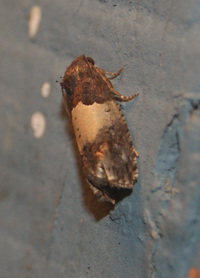
| Recorded by: Vin Stanton on 2020-08-04
Buncombe Co.
Comment: |

| Recorded by: Jim Petranka and Becky Elkin on 2020-08-01
Madison Co.
Comment: | 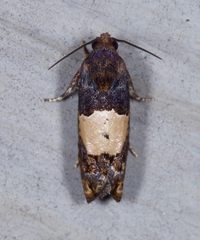
| Recorded by: Jim Petranka and Becky Elkin on 2020-08-01
Madison Co.
Comment: |
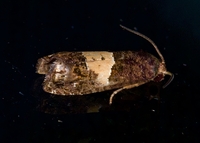
| Recorded by: Jim Petranka and Becky Elkin on 2020-07-22
Madison Co.
Comment: | 
| Recorded by: Jim Petranka and Becky Elkin on 2020-07-11
Madison Co.
Comment: |
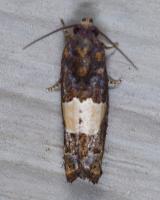
| Recorded by: Jim Petranka and Becky Elkin on 2020-06-30
Madison Co.
Comment: | 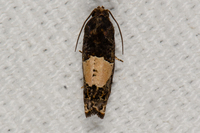
| Recorded by: David L. Heavner on 2019-07-15
Buncombe Co.
Comment: |

| Recorded by: David L. Heavner on 2019-07-15
Buncombe Co.
Comment: | 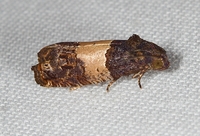
| Recorded by: Jim Petranka and Becky Elkin on 2019-07-11
Madison Co.
Comment: |
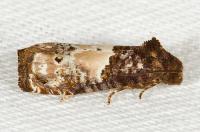
| Recorded by: Jim Petranka on 2019-05-19
Madison Co.
Comment: | 
| Recorded by: Jim Petranka on 2019-05-19
Madison Co.
Comment: Determined by J.B. Sullivan based on dissection. |
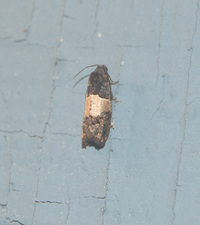
| Recorded by: Vin Stanton on 2018-07-25
Buncombe Co.
Comment: | 
| Recorded by: Jim Petranka and Becky Elkin on 2018-07-07
Madison Co.
Comment: Determined by J.B. Sullivan based on dissection. |
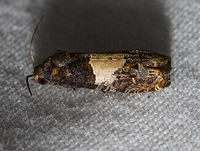
| Recorded by: Jim Petranka and Becky Elkin on 2018-07-07
Madison Co.
Comment: | 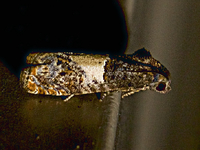
| Recorded by: Jim Petranka and Becky Elkin on 2018-07-06
Madison Co.
Comment: |
|

 »
»
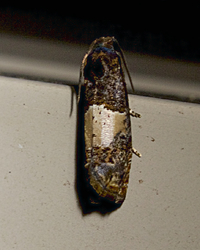



 »
»


